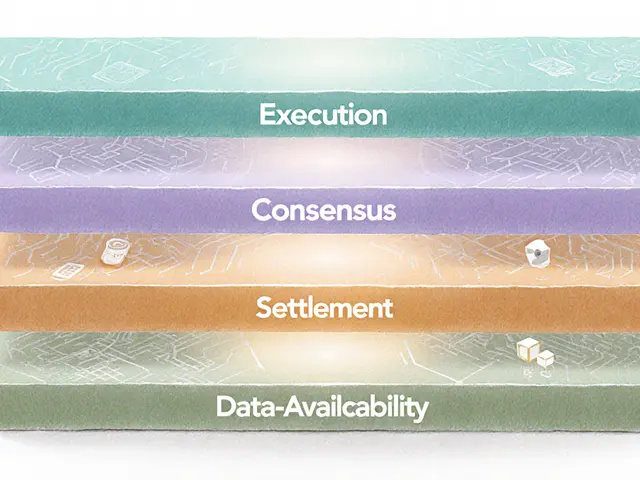Staking Requirements: What You Need to Know
When dealing with staking requirements, the set of rules that a blockchain token or network imposes on participants who lock up assets to secure the system and earn rewards. Also known as staking criteria, it determines who can become a validator, how much collateral is needed, and what penalties apply. In the world of cryptocurrency staking, participants lock tokens to support consensus and receive a share of transaction fees, the exact staking requirements vary widely from one protocol to another.
One of the first things to check is the token lock‑up period. Many networks set a minimum duration—30 days on some, up to a year on others—so that participants can’t instantly withdraw and destabilize security. This is a clear example of how staking requirements encompass token lock‑up periods. Alongside time, the amount of tokens you must stake is crucial; a few hundred dollars might be enough on a low‑value chain, while high‑value platforms demand tens of thousands. Knowing these thresholds helps you decide if an asset fits your budget before you dive in.
Key Factors in Staking Requirements
Beyond lock‑up, validator node, the hardware or software entity that processes transactions and proposes new blocks operation is often a core requirement. Running a validator usually means you need a reliable internet connection, a dedicated server, and sometimes specific software versions. The rule that staking requirements require validator node operation means that if you lack the technical setup, you’ll likely join a staking pool instead of running your own node. Pools let you delegate your tokens to a professional validator, sharing both the rewards and the responsibilities.
Delegation introduces its own set of criteria. Many pools set a minimum delegation amount and may charge a commission fee. The pool’s performance history, uptime, and fee structure become part of the staking requirements landscape. When you choose a pool, you’re also assessing its risk profile—some pools have higher slashing penalties for missed validations, which directly impacts your potential earnings.
Rewards and penalties close the loop on why understanding staking requirements matters. Most protocols calculate rewards based on the total amount staked and the duration of the lock‑up. However, they also enforce slashing: a penalty for downtime, double‑signing, or other misbehaviors. This relationship—staking requirements influence staking rewards and penalties—means that meeting the technical and financial thresholds not only secures the network but also protects your yield.
Different blockchains illustrate how diverse these rules can be. Ethereum’s move to Proof‑of‑Stake introduced a 32‑ETH minimum and a roughly 19‑day withdrawal queue, while Cardano allows smaller amounts with flexible epochs. Solana, on the other hand, emphasizes hardware performance, requiring high‑speed CPUs and low‑latency connections. Recognizing that staking requirements vary by protocol helps you match your resources to the right chain.
To assess whether you can meet a network’s staking requirements, start with the token’s official documentation—look for sections titled “Staking,” “Validator Guidelines,” or “Delegation.” Next, calculate the total cost: token amount, hardware (if running a node), and any recurring fees. Finally, run a quick risk check: understand slashing conditions, withdrawal windows, and the reputation of any pool you might join. Following these steps turns a vague concept into a concrete action plan.
Armed with this overview, you’ll be able to navigate the collection below, where we break down specific coins, their staking criteria, potential rewards, and the risks you should weigh before committing your assets.

Learn how to become a blockchain validator in 2025 with step-by-step setup, hardware specs, staking requirements, and a checklist to avoid slashing.
Jonathan Jennings Aug 8, 2025




